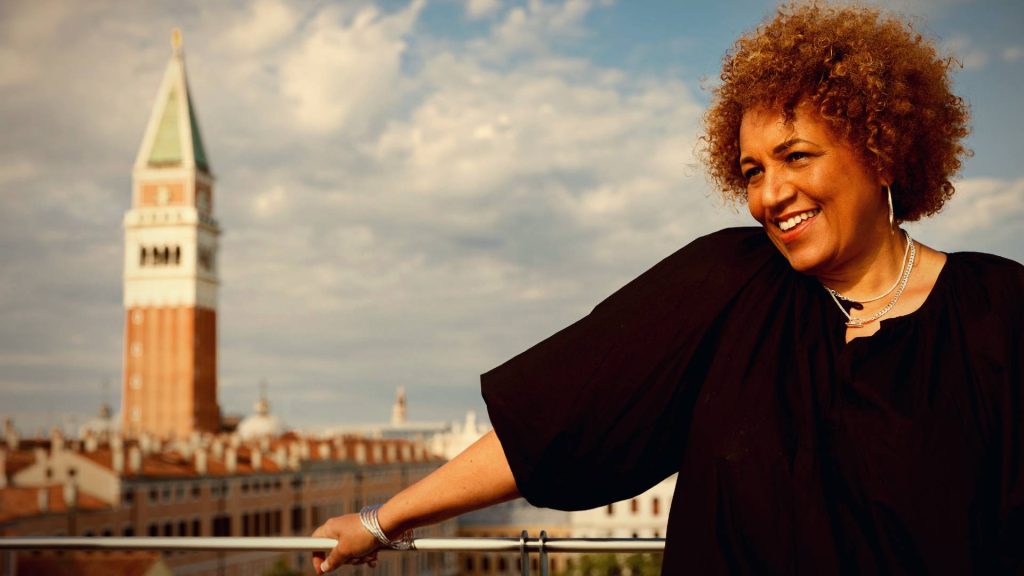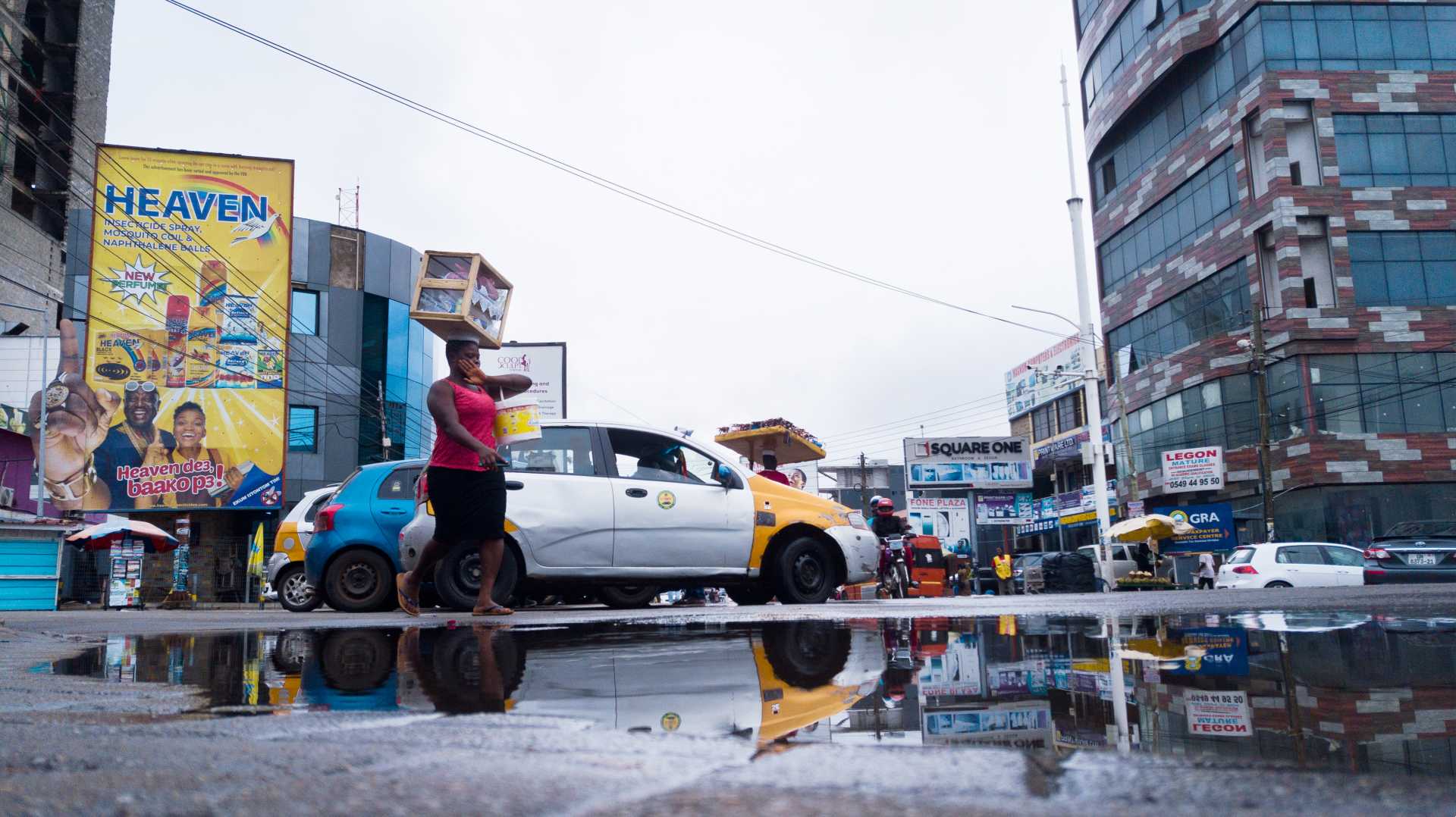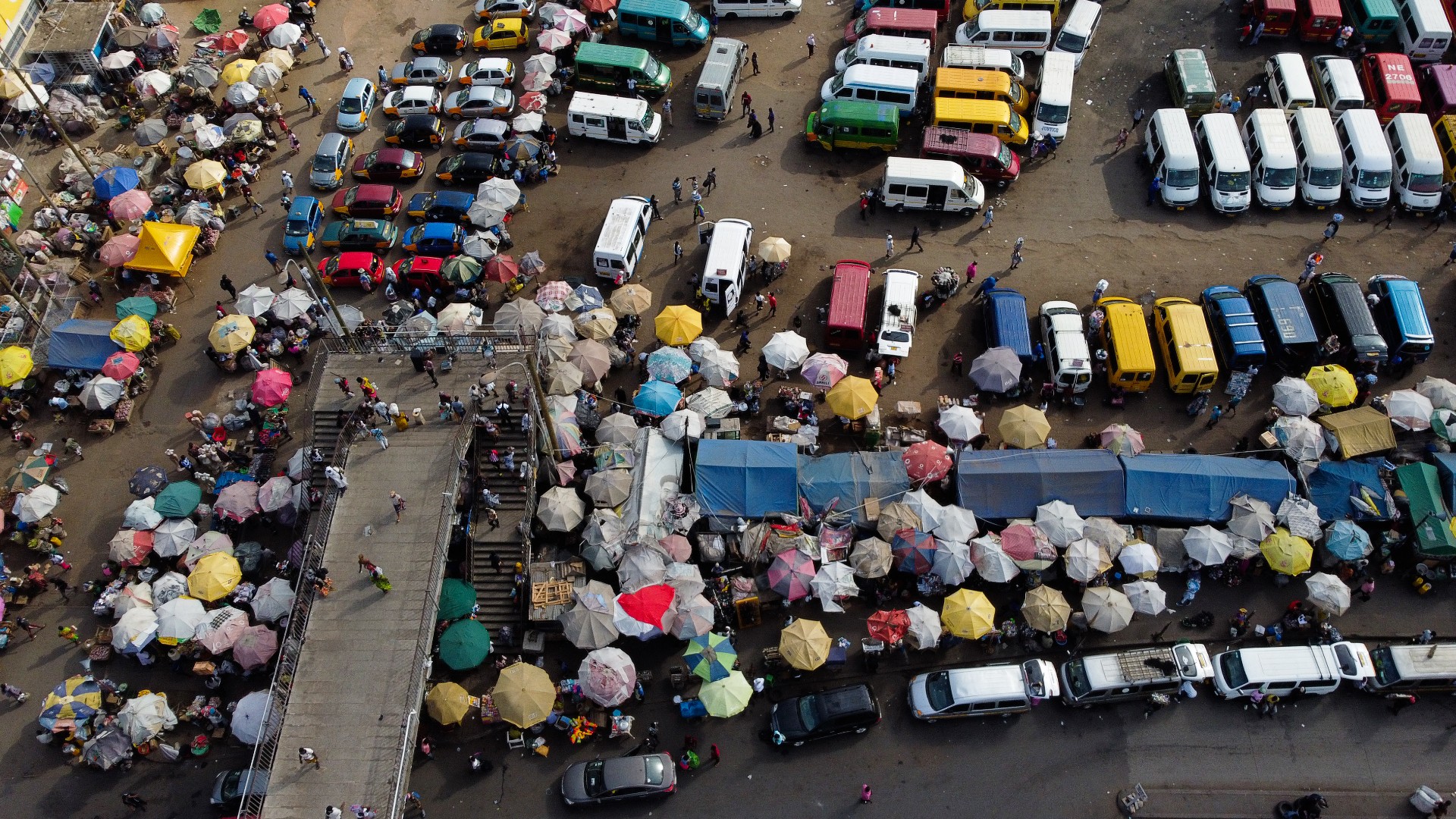
The 18th International Architecture Exhibition of the Venice Biennale, curated this year by Lesley Lokko, redefines architecture through a multitude of narratives and perspectives. As the first female curator from Africa, Lokko presents her Laboratory of the Future, pushing the gaze beyond the confines of Western comfort and towards a fresh understanding of re-globalization.
The breakthrough of narrative in architecture is quite a recent phenomenon. However, in the 1960’s there had already been someone dealing with it in a mostly ‘European world’, with Roland Barthes even making a semiology of it. But then this idea of narration in Architecture proved less and less feasible over time, either for the regurgitant postmodernism of the epic Strada Novissima at the Architecture Biennale-number-one (1980), or for the urgency of facing territories increasingly on the brink of incipient crises, or for a growing, disenchanted, material neo-formalism. It seems to me that the strength of Lesley Lokko’s Biennale lies all in this concept: to maintain the “exhibition as a story”, to later still affirm that “there isn’t just one story, but multiple stories”, because – and here is the point – “the history of architecture is incomplete. Not wrong, but incomplete.”

The ‘Black shift’ of the current Biennale is both an exploration and a listening to voices that multiply narratives and positions, broaden horizons instead of focusing on a single perspective, and establish common grounds that prevail over geographical belonging and cultural hegemonies. Firstly, it should be said that listening to these multiple voices requires a re-evaluation of our concept of explorers. In a sense, it involves overturning Marco Polo. Rather than meeting the Kublai Khan, as a Venetian traveller, to tell him about the invisible cities in his empire, the explorer stays in Venice and allows the cities of the world to reveal themselves and tell their stories, each with their distinct voice. These cities and voices speak for themselves, in stories made up of both differences and common grounds.
The idea of Blackness is among the foremost of these stories. Whether we revisit the works of Gilroy or Fanon or look at the African Future Institute founded in Accra by Lokko herself (the alma mater of several practitioners, including icon Sir David Adjaye) – Blackness emerges not as an alternative, nor as a denial or claim, but as a common ocean that transcends ethnic groups and nationalisms. It has the potential to redefine the identity of being contemporary women or men within a counter-geographic territory. The modes of this stories have generally to do with a ‘minor project’. Far from the idea that practitioners are a minority – they are, in fact, agents of change who are central in contemporary architectural practice – we must also add that they have a way to build space that is exactly what Kafka wrote about, at least when he postulated a minor literature, which is what happens when you take a major language (the ‘incomplete story’ mentioned above) and make an otherwise out of it. It is a “minor majority”, as in 2017 the curator herself defined her pedagogical experience at the Graduate School of Architecture in Johannesburg. And practitioners are nothing more than ‘tightrope walkers’ balancing who they really are and who others expect them to be, between cultural hegemony and otherness, between their own vision and everyone else’s – only, summoning the courage to express their own authentic voice.

Accra Festus, ph: Jackson DavisA metaphor, the tightrope, that has long been associated with architecture, thanks to the remarkable work of Léopold Lambert (founder and editor-in-chief of magazine The Funambolist), which Lokko investigates and engages with in several instances. This ‘fugitive’ (not crystallised in the mainstream) walking on a tightrope is what turns, at the Biennale, into unconventional narrative forms, such as virtual, digital, science fiction modes, which may be regarded as an Afro-futurist vulgate. Nonetheless, the Biennale also features the unexpected, manifested through models, sections, drawings (even hand-drawn, which is now a counter-current approach). Installations that require immersion. Projects, processes, and apps. They all are practices, before being spaces. Finally, there is a question about time, which also constitutes the space of hope that Lesley Lokko presents to us.
By proposing the possibility of making the story of architecture more complex, this Biennale is inevitably grappling with the urgency of the climate crisis and the notion of the end of history. And yet, while a solastalgic narrative would lead us to exacerbate the political and social conflicts of the struggle against time for the salvation of humanity, the numerous narratives on display seem to suggest that time is on our side, since relying on the younger generation of the planet to explore the future means betting on someone who still has plenty of time to experiment, make mistakes, and try again. The “right to opacity” is what protects the existence of the different, and it is where hope resides. What Lesley Lokko and Édouard Glissant seem to say is that to live or to build a future with others no longer requires us to “understand” them, that is, reduce them to the model of our own transparency. Instead, we need to let them tell their own story and show us their own city.
Featured image: Lesley Lokko, ph: Jacopo Salvi, courtesy La Biennale di Venezia